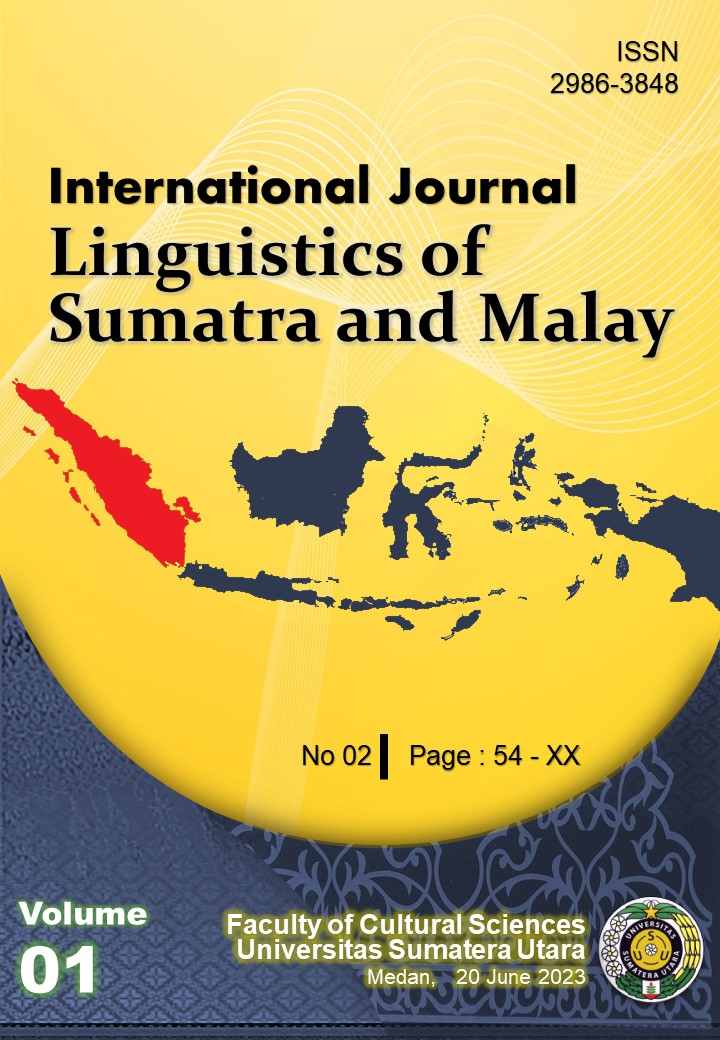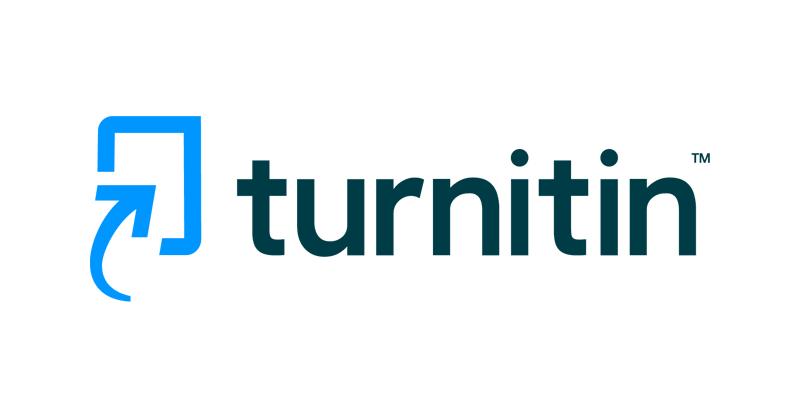A Cognitive Semantic Study on Conceptual Metaphor on Gender in Umpasa in Batak Toba Language
DOI:
https://doi.org/10.32734/ijlsm.v1i2.10576Keywords:
conceptual metaphor, gender, Batak TobaAbstract
Although many studies on umpasa have been carried out previously in the Toba Batak language; however, a study on gender-based conceptual metaphors from a cognitive semantic perspective has never been conducted before. This study discusses the conceptual metaphor of gender contained in the umpasa of Batak Toba. The theory of the study is oriented to the conceptual metaphor by Lakoff and Johnson (2003) as the main theory and Cruse and Croft (2004) for the image schematic. This descriptive qualitative research was conducted by using a thematic analysis design to describe the types of conceptual metaphors in the Toba Batak language. The results of this study reveal that there are three types of conceptual metaphors about gender contained in umpasa, as a form of oral tradition. Based on the analysis, 15 conceptual metaphors were found in the study, namely (1) 11 structural metaphors, (2) 3 orientational metaphors, and (3)1ontological metaphor. Furthermore, in the classification of source domains, four of the fifteen data presented conceptualize women as the source of money and economic transactions, then men as physical resources, and other source domains. The results of this study add to references on the topic of conceptual metaphors in regional languages in Indonesia in general, and in the Batak language specifically.
Downloads
Downloads
Published
Issue
Section
License
Copyright (c) 2022 International Journal on Linguistics of Sumatra and Malay

This work is licensed under a Creative Commons Attribution-ShareAlike 4.0 International License.
All articles published in the International Journal Linguistics of Sumatra and Malay (IJLSM) are licensed under the Creative Commons Attribution-ShareAlike 4.0 International License (CC BY-SA 4.0).
This license permits anyone to:
-
Share — copy and redistribute the material in any medium or format.
-
Adapt — remix, transform, and build upon the material for any purpose, even commercially.









